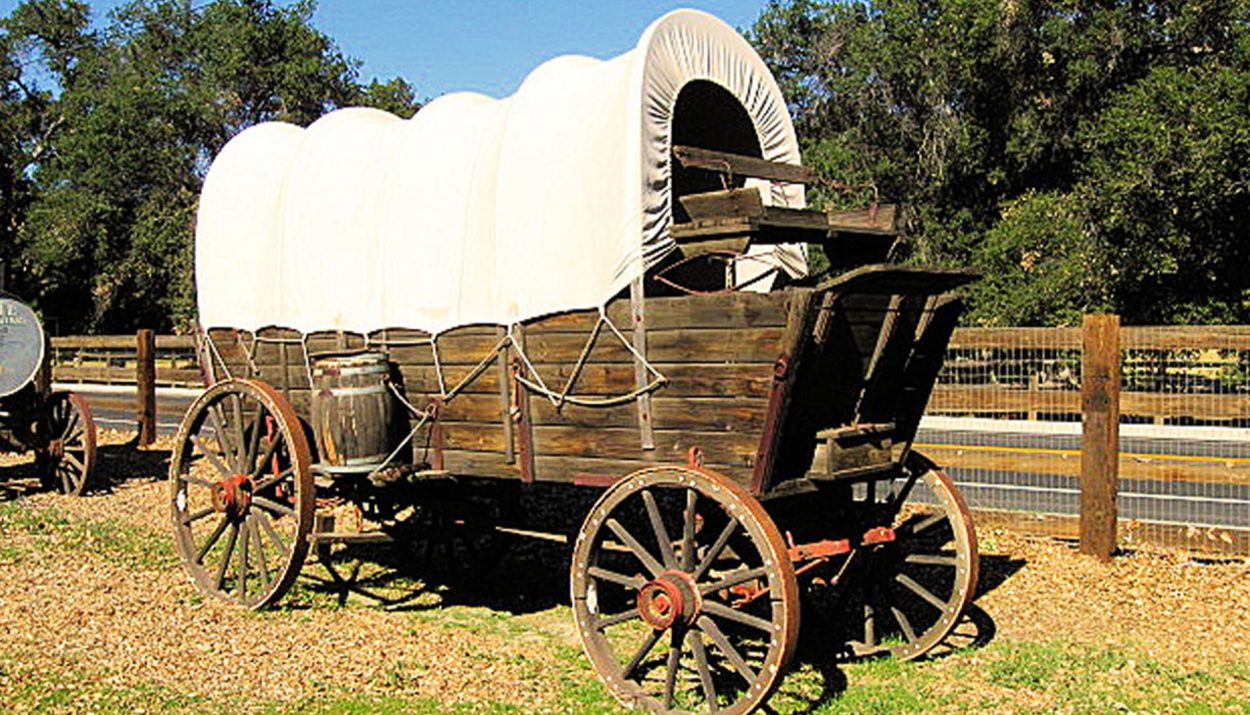Just about every Hollywood movie with a scene set in London features a comic moment in which the characters are confused about the steering wheel being on the “wrong” side of the car. Thanks to this trope, most of us know that folks in the United Kingdom drive on the left side of the road.
The Brits are not alone. More than 60 countries drive on the left. The vast majority of those are former British colonies, such as New Zealand, India, and Australia. But wait … the United States is also a former British colony. So why do Americans drive on the right while Brits drive on the left? Let’s find out.
A 30-70 Split
While England has a well-known reputation for driving on the left, they aren’t the only ones. Roughly 30% of the world’s countries – 64 nations in total – drive on the opposite side of the road. Oddly, only a few of those countries are in Europe.

The only European countries to join the United Kingdom’s driving preference are Malta, Cyprus, the Channel Islands, Ireland, and the Isle of Man. Most of continental Europe – places like France, Germany, Switzerland, Norway, and Italy – all drive on the right side of the road.
Africa, Asia, and the Caribbean
In Asia, you will see drivers on the left side of the road in Singapore, Japan, India, Hong Kong, Thailand, Indonesia, and Nepal, to name a few. Sixteen Asian nations drive like the Brits. Fourteen of Africa’s countries, including Kenya, South Africa, Tanzania, and Mozambique, are left-side drivers.

A dozen Oceanic nations, including Australia, Samoa, Tonga, the Solomon Islands, and Fiji, rank in the 30% of left-handed drivers. Bermuda, the Bahamas, Jamaica, Turks and Caicos, and Trinidad and Tobago are among the 19 Caribbean nations that, like the UK, prefer the left side of the road.
Why the Brits Chose the Left Side
Long before the first automobiles hit the roads, folks in England, Scotland, and Wales showed preference for the left side of the road. It turns out, there is a historical reason behind this. And it dates back to when the Romans controlled Britannia.

The Roman Conquest of Britain began in the year 43 AD and lasted for the next three and a half centuries. During that time, the Romans implemented many Roman ideas that, at the time, the people of Britannia hated. But some of them ended up being pretty solid ideas. Like driving on the left.
Keep Your Sword Hand at the Ready
Crime was a big problem in those days. Travelers on dark, country roads – either walking, riding a horse, or driving a cart – were vulnerable to muggers and thieves.

The Romans were in the habit of walking or riding on the left side of the road so they could keep their sword – held in their right hand – ready to fend off an attacker in the oncoming lane.
The Rule of the Road
The Romans followed these rules in their own land, too. There is evidence that Roman soldiers marched on the left. In 1300, Pope Boniface VIII issued a declaration that all pilgrims to Rome had to stay on the left side.
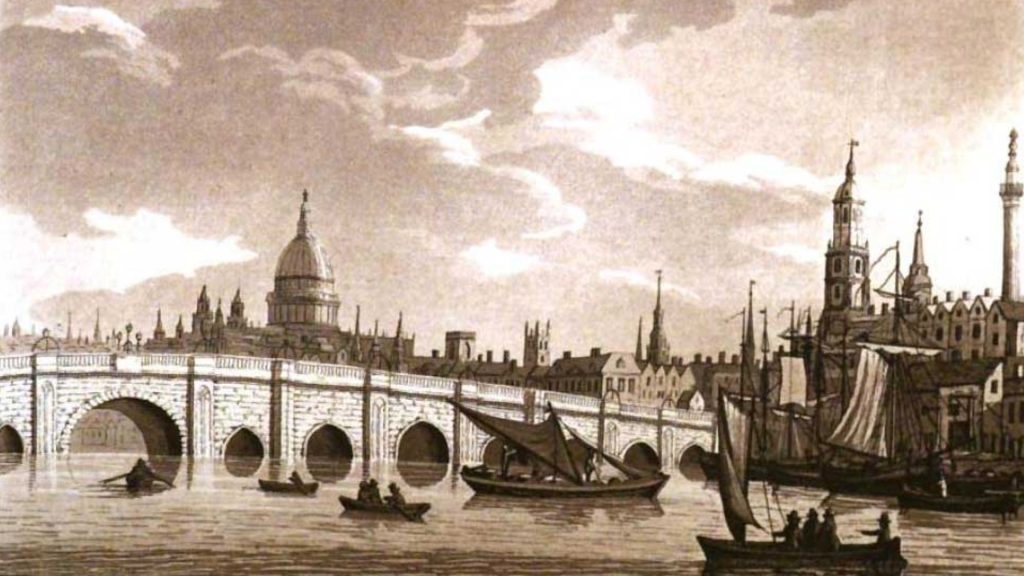
When horse-drawn carts and wagons increased, traffic snarls necessitated traffic laws. In 1756, it was mandatory to travel on the left side of London Bridge. In 1772, this was the rule of the road in Scotland. The Highway Act of 1835 mandated that all roads in Great Britain, Ireland, and across the British Empire were left-side roads.
Large Cargo Wagons of the 1700s
Large cargo wagons pulled by a team of horses became a common method of transporting goods in the late 1700s. Initially, these wagons did not have drivers’ seats. The driver typically rode on the last horse on the left. This was an awkward position, though. It was hard to gauge oncoming traffic, especially on narrow urban roads.
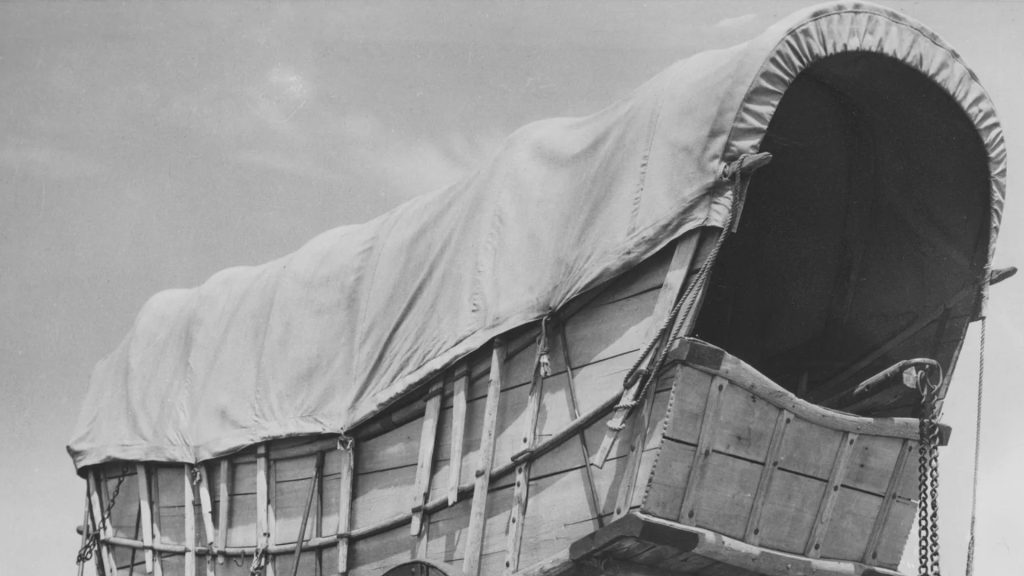
In the United States and Canada, however, these cargo wagons had no issues navigating the wide, open land. In 1792, Pennsylvania passed a law requiring drivers to stay to the right. In time, the rest of the United States and all of Canada adopted this “drive on the right” rule.
Napoleon Preferred the Right Side of the Road
Traditionally in France, the wealthy elite in their fine carriages were permitted to travel on the left side of the road. The common folk had to keep to the right. During the French Revolution, all people were encouraged to stick to the right as a way of getting rid of this obvious class distinction.

The same year that Pennsylvania passed a “drive on the right” law, France also declared that traffic should keep on the right side of the road. Napoleon made this the rule in all parts of France. In fact, he spread this concept into other parts of Europe.
Should We Thank Henry Ford for Putting Steering Wheels on the Left?
According to some urban myths, the reason why Americans drive on the right side of the road is because automobile businessman, Henry Ford, put the steering wheel on the left side in his historic 1908 Model T Ford.

In reality, Ford was just giving his customers what they wanted. By the time Ford introduced his mass-produced Model T Ford, Americans were accustomed to driving on the right.
The Strange Case of Sweden’s H Day
By the mid-1900s, there was a push to standardize the driving laws of Europe. Most European nations already drove on the right, but left-lane hold-outs shifted to the right lane at this time. In most instances, this was a gradual move. But not in Sweden. Sweden made the decision to switch from driving on the left to driving on the right all at once.
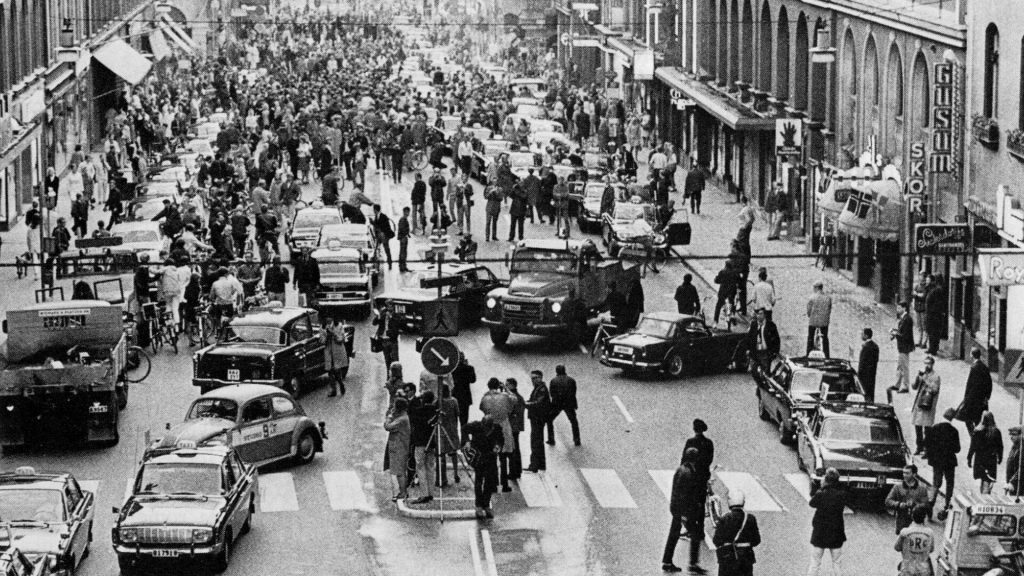
On September 3, 1967 – called H Day, or Dagen H – all traffic in Sweden was halted at exactly 4:50 a.m. For ten minutes, all traffic was at a standstill. Then, at 5:00 a.m., traffic was restarted, but this time, all drivers had to switch to driving on the right. The process went surprisingly smoothly with no reports of accidents.
Is It Safer to Drive on the Right or the Left?
Many experts contend that driving on the left side of the road is safer. Since most of the population is right-handed, when a driver operates a right-hand vehicle and drives on the left side of the road, his or her dominant right hand stays on the steering wheel.
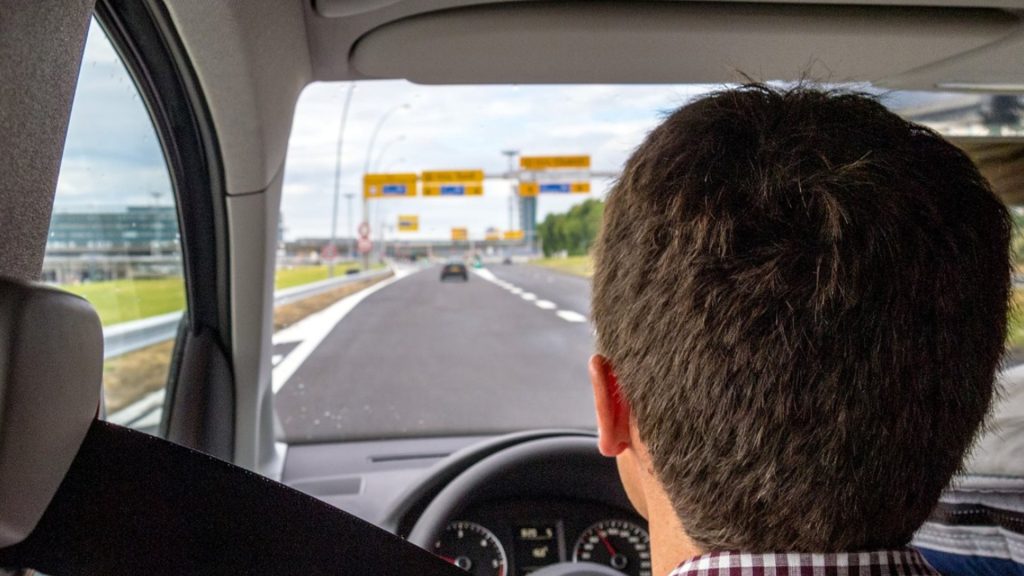
The left, or non-dominant hand, is free to operate the gears. Additionally, in right-handed people, the right field of vision is typically better so the driver would have a clearer view of the road and oncoming traffic.
Tips for Driving on the Other Side of the Road
If you are planning a vacation to one of the countries that drive on the opposite side of the road that you are used to, you might be intimidated to switch sides. Admittedly, it is awkward and confusing, but it can be safely done. In fact, many drivers view it as a bucket-list challenge.
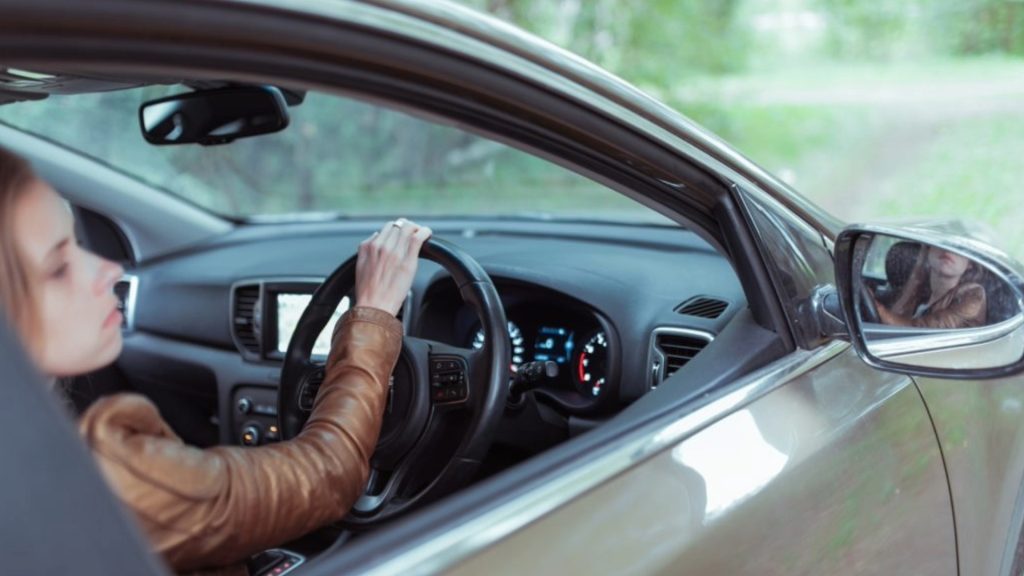
According to a spokesperson from Avis Budget Rental Cars, plenty of Americans vacationing in the United Kingdom rent vehicles and handle the driving challenges just fine.
Constant Reminders
The Avis representative explained that their agents always talk to customers about the driving challenges to answer their questions and ease their concerns.
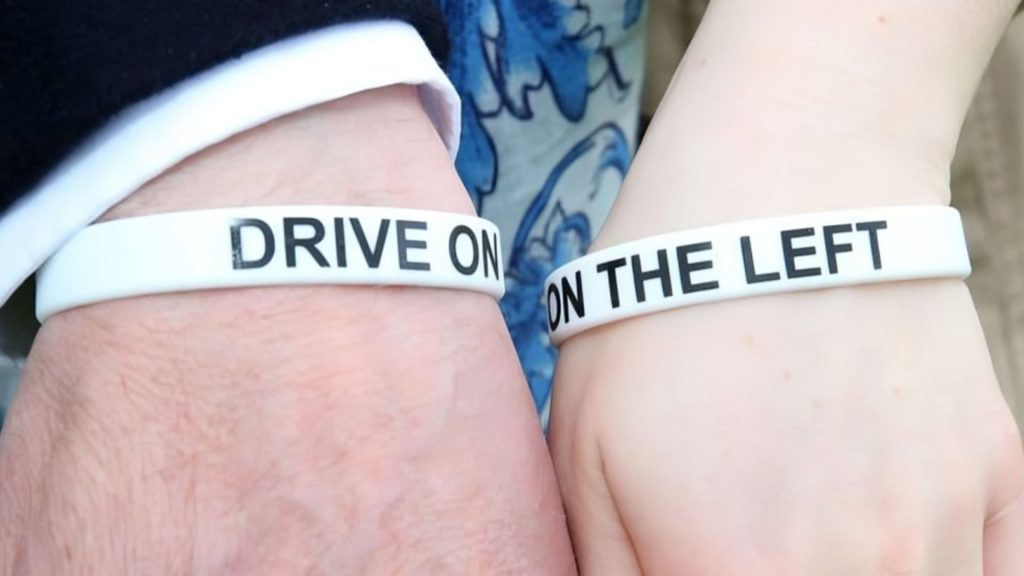
“In addition, all of our vehicles throughout the UK have ‘Drive on the left’ stickers,” the Avis company explained. “In major locations we hand out Drive on the left wristbands, which we advise our customers to always wear on the left wrist as a reminder of which side of the road to drive.”
Avoid Distracted Driving
Often when we drive, we go into autopilot – pun intended – and rely on habit and muscle memory to get us from Point A to Point B. William Van Tassel, director of driver training for AAA, emphasizes the importance of paying attention when driving. Turning off the radio is the top recommendation.

He said, “I think it’s fine to talk to yourself, while you’re driving over there. That kind of forces you to be focusing on driving.” Van Tassel also suggested having a co-pilot along for the ride to give you a second set of eyes on the road. They can remind you that you are driving on the opposite side of the road.

